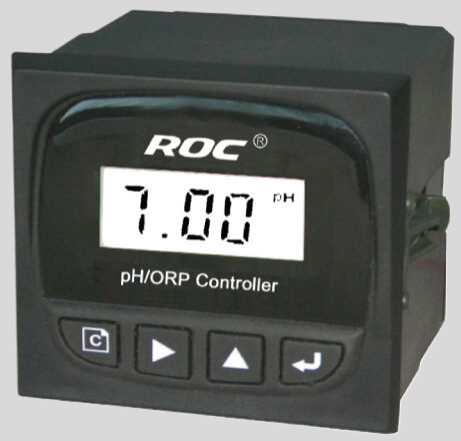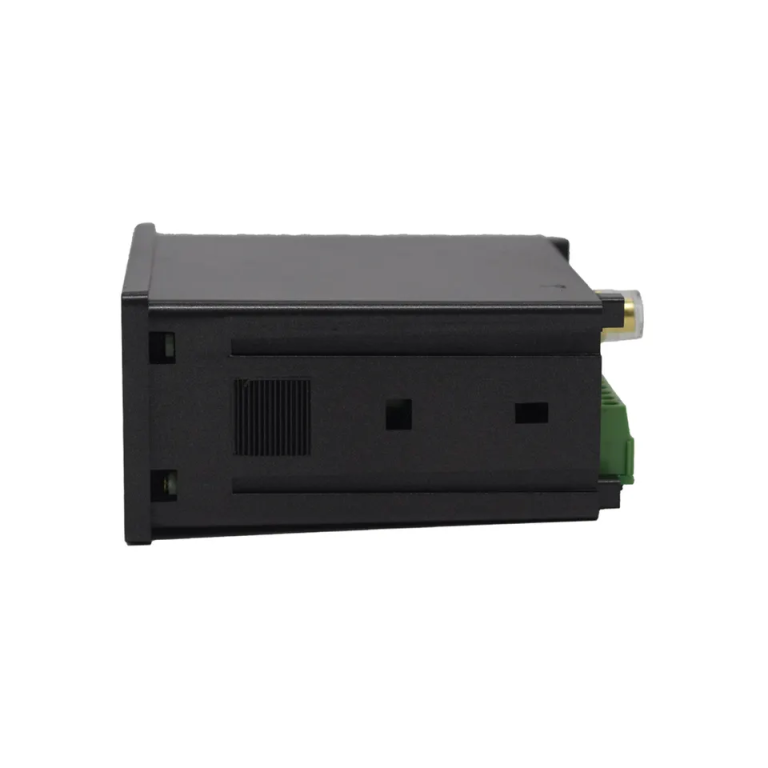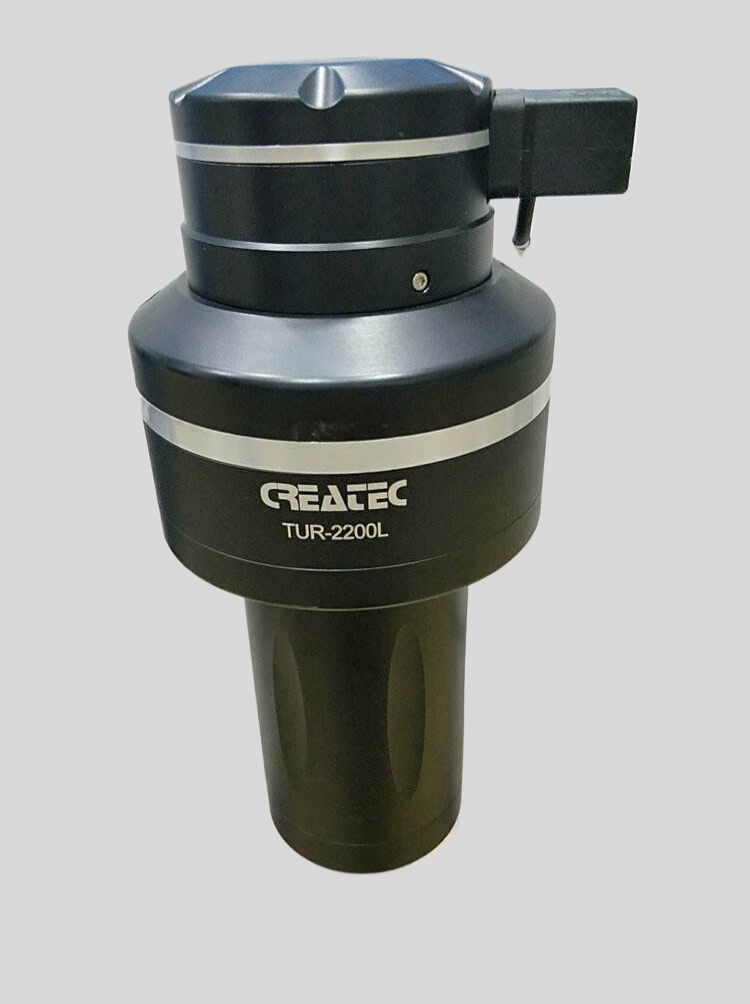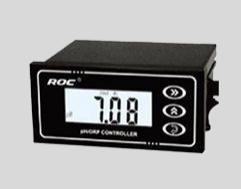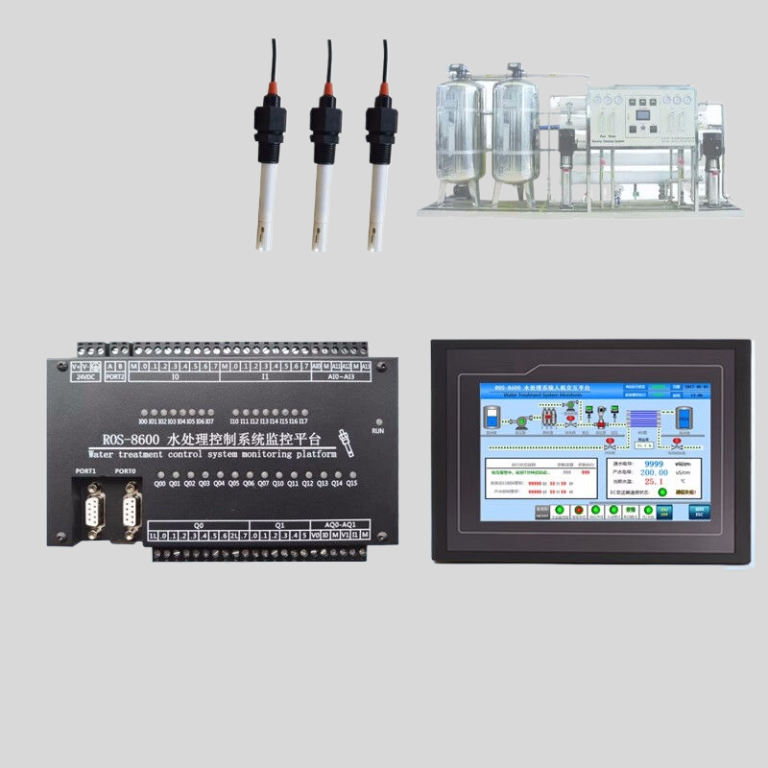Table of Contents
Importance of ph meter in Agriculture
pH meters are essential tools in agriculture for measuring the acidity or alkalinity of soil, water, and other solutions. The pH level of a substance can have a significant impact on plant growth and overall crop health. Understanding how pH meters work is crucial for farmers and agricultural professionals to make informed decisions about soil management, nutrient uptake, and crop productivity.
pH, which stands for “potential of hydrogen,” is a measure of the concentration of hydrogen ions in a solution. The pH scale ranges from 0 to 14, with 7 being neutral. Solutions with a pH below 7 are considered acidic, while those with a pH above 7 are alkaline. Most plants prefer a slightly acidic soil pH between 6 and 7 for optimal growth and nutrient uptake.
pH meters work by measuring the electrical potential difference between a reference electrode and a glass electrode immersed in the solution being tested. The glass electrode contains a special membrane that selectively allows hydrogen ions to pass through, generating a voltage proportional to the pH of the solution. The reference electrode provides a stable reference point for the measurement.
To use a ph meter, the electrodes are first calibrated using buffer solutions with known pH values. This ensures accurate and reliable measurements. Once calibrated, the electrodes are immersed in the solution to be tested, and the pH reading is displayed on the meter’s digital screen. Some pH meters also have built-in temperature compensation to account for variations in temperature that can affect pH measurements.
| ROS-8600 RO Program Control HMI Platform | ||
| Model | ROS-8600 Single Stage | ROS-8600 Double Stage |
| Measuring range | Source water0~2000uS/cm | Source water0~2000uS/cm |
| First level effluent 0~200uS/cm | First level effluent 0~200uS/cm | |
| secondary effluent 0~20uS/cm | secondary effluent 0~20uS/cm | |
| Pressure sensor(optional) | Membrane pre/post pressure | Primary/ secondary membrane front/rear pressure |
| ph sensor(optional) | —- | 0~14.00pH |
| Signal collection | 1.Raw water low pressure | 1.Raw water low pressure |
| 2.Primary booster pump inlet low pressure | 2.Primary booster pump inlet low pressure | |
| 3.Primary booster pump outlet high pressure | 3.Primary booster pump outlet high pressure | |
| 4.High liquid level of Level 1 tank | 4.High liquid level of Level 1 tank | |
| 5.Low liquid level of Level 1 tank | 5.Low liquid level of Level 1 tank | |
| 6.Preprocessing signal | 6.2nd booster pump outlet high pressure | |
| 7.Input standby ports x2 | 7.High liquid level of Level 2 tank | |
| 8.Low liquid level of Level 2 tank | ||
| 9.Preprocessing signal | ||
| 10.Input standby ports x2 | ||
| Output control | 1.Water inlet valve | 1.Water inlet valve |
| 2.Source water pump | 2.Source water pump | |
| 3.Primary booster pump | 3.Primary booster pump | |
| 4.Primary flush valve | 4.Primary flush valve | |
| 5.Primary dosing pump | 5.Primary dosing pump | |
| 6.Primary water over standard discharge valve | 6.Primary water over standard discharge valve | |
| 7.Alarm output node | 7.Secondary booster pump | |
| 8.Manual standby pump | 8.Secondary flush valve | |
| 9.Secondary dosing pump | 9.Secondary dosing pump | |
| Output standby port x2 | 10.Secondary water over standard discharge valve | |
| 11.Alarm output node | ||
| 12.Manual standby pump | ||
| Output standby port x2 | ||
| The main function | 1.Correction of electrode constant | 1.Correction of electrode constant |
| 2.Overrun alarm setting | 2.Overrun alarm setting | |
| 3.All working mode time can be set | 3.All working mode time can be set | |
| 4.High and low pressure flushing mode setting | 4.High and low pressure flushing mode setting | |
| 5.The low pressure pump is opened when preprocessing | 5.The low pressure pump is opened when preprocessing | |
| 6.Manual/automatic can be chosen when boot up | 6.Manual/automatic can be chosen when boot up | |
| 7.Manual debugging mode | 7.Manual debugging mode | |
| 8.Alarm if communication interruption | 8.Alarm if communication interruption | |
| 9. Urging payment settings | 9. Urging payment settings | |
| 10. Company name,website can be customized | 10. Company name,website can be customized | |
| Power supply | DC24V±10% | DC24V±10% |
| Expansion interface | 1.Reserved relay output | 1.Reserved relay output |
| 2.RS485 communication | 2.RS485 communication | |
| 3.Reserved IO port, analog module | 3.Reserved IO port, analog module | |
| 4.Mobile/computer/touch screen synchronous display | 4.Mobile/computer/touch screen synchronous display | |
| Relative humidity | ≦85% | ≤85% |
| Environment temperature | 0~50℃ | 0~50℃ |
| Touch screen size | 163x226x80mm (H x W x D) | 163x226x80mm (H x W x D) |
| Hole Size | 7 inch:215*152mm(wide*high) | 215*152mm(wide*high) |
| Controller size | 180*99(long*wide) | 180*99(long*wide) |
| Transmitter size | 92*125(long*wide) | 92*125(long*wide) |
| Installation method | Touch screen:panel embedded; Controller: plane fixed | Touch screen:panel embedded; Controller: plane fixed |
In agriculture, pH meters are used to monitor the pH of soil and water to determine if corrective actions are needed to optimize plant growth. Soil pH affects the availability of essential nutrients to plants, with some nutrients becoming more or less available depending on the pH level. For example, acidic soils can lead to aluminum toxicity and nutrient deficiencies, while alkaline soils can cause nutrient lockout and poor root development.
By regularly testing the pH of soil and water, farmers can adjust their fertilization practices to ensure that plants have access to the nutrients they need for healthy growth. For example, adding lime to acidic soils can raise the pH and improve nutrient availability, while sulfur can be used to lower the pH of alkaline soils. pH meters also help farmers monitor the effectiveness of these corrective measures over time.
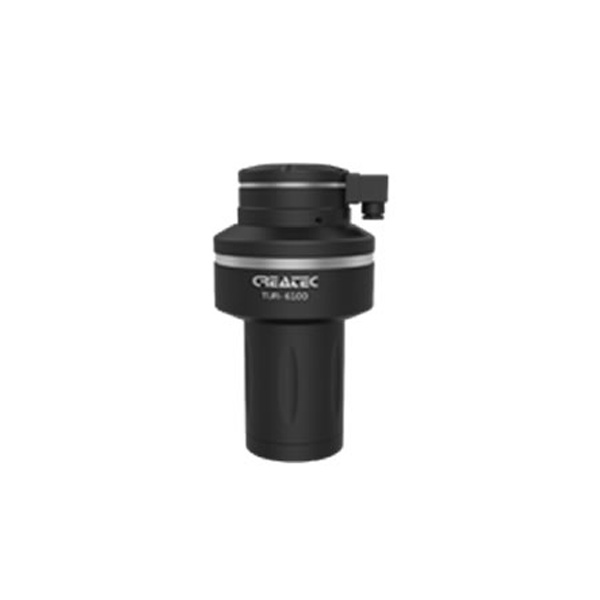
In addition to soil and water testing, pH meters are used in hydroponic systems to monitor the pH of nutrient solutions. Maintaining the correct pH level is crucial in hydroponics, as imbalances can lead to nutrient deficiencies or toxicities that can harm plant growth. pH meters allow hydroponic growers to quickly and accurately adjust the pH of their nutrient solutions to ensure optimal plant health.
Overall, pH meters play a vital role in agriculture by providing farmers and agricultural professionals with the information they need to make informed decisions about soil management, nutrient uptake, and crop productivity. By understanding how pH meters work and using them effectively, farmers can optimize plant growth, improve crop yields, and sustainably manage their agricultural operations.
Understanding the Science Behind ph meter Technology
A ph meter is a crucial tool used in various industries, including agriculture, food and beverage production, pharmaceuticals, and environmental monitoring. It measures the acidity or alkalinity of a solution by determining the concentration of hydrogen ions present. Understanding how a ph meter works is essential for obtaining accurate and reliable results.
The basic principle behind a ph meter is the measurement of the electrical potential difference between a reference electrode and a glass electrode. The glass electrode contains a special membrane that is sensitive to hydrogen ions. When immersed in a solution, the hydrogen ions in the solution interact with the membrane, generating a potential difference that is proportional to the pH of the solution.
To ensure accurate measurements, the ph meter must be calibrated using buffer solutions with known pH values. This calibration process allows the ph meter to establish a linear relationship between the potential difference and the pH of the solution being tested. By comparing the potential difference to the calibration curve, the ph meter can accurately determine the pH of the solution.
| Model | CCT-3300 Series Conductivity Online Controller |
| Constant | 0.01cm-1, 0.1 cm-1, 1.0cm-1, 10.0 cm-1 |
| Conductivity | (0.5~20)mS/cm,(0.5~2,000)uS/cm, (0.5~200)uS/cm, (0.05~18.25)MQ·cm |
| TDS | (250~10,000)ppm, (0.5~1,000)ppm, (0.25~100)ppm |
| Medium Temp. | (0~50)℃ |
| Resolution | Conductivity: 0.01uS/cm, TDS:0.01ppm, Temp.: 0.1℃ |
| Accuracy | Conductivity: 1.5%(FS), Resistivity:2.0%(FS), TDS: 1.5%(FS), Temp.: +/-0.5℃ |
| Temp. compensation | (0-50)°C (with 25℃ as Standard) |
| Cable length | ≤5m(MAX) |
| mA output | Isolated (4~20)mA, Instrument / Transmitter for selection |
| Control Output | relay contact: ON/OFF, Load capacity: AC 230V/5A(Max) |
| Working Environment | Temp.(0~50)℃;Relative Humidity ≤85%RH (none condensation) |
| Storage Environment | Temp.(-20~60)℃;Relative Humidity ≤85%RH (none condensation) |
| Power Supply | CCT-3300:DC 24V; CCT-3310: AC 110V; CCT-3320: AC 220V |
| Dimension | 48mmx96mmx80mm(HxWxD) |
| Hole Size | 44mmx92mm(HxW) |
| Installation | Panel mounted, fast installation |
One of the key components of a ph meter is the reference electrode, which provides a stable reference point for the measurement. The reference electrode is typically filled with a solution of known pH, such as potassium chloride. This solution helps maintain a constant potential difference between the reference electrode and the glass electrode, ensuring accurate and reliable measurements.
Another important component of a ph meter is the junction between the reference electrode and the glass electrode. This junction allows ions to flow between the two electrodes, maintaining equilibrium and preventing the buildup of charge at the interface. Proper maintenance of the junction is essential for accurate measurements, as any blockages or contamination can affect the performance of the ph meter.
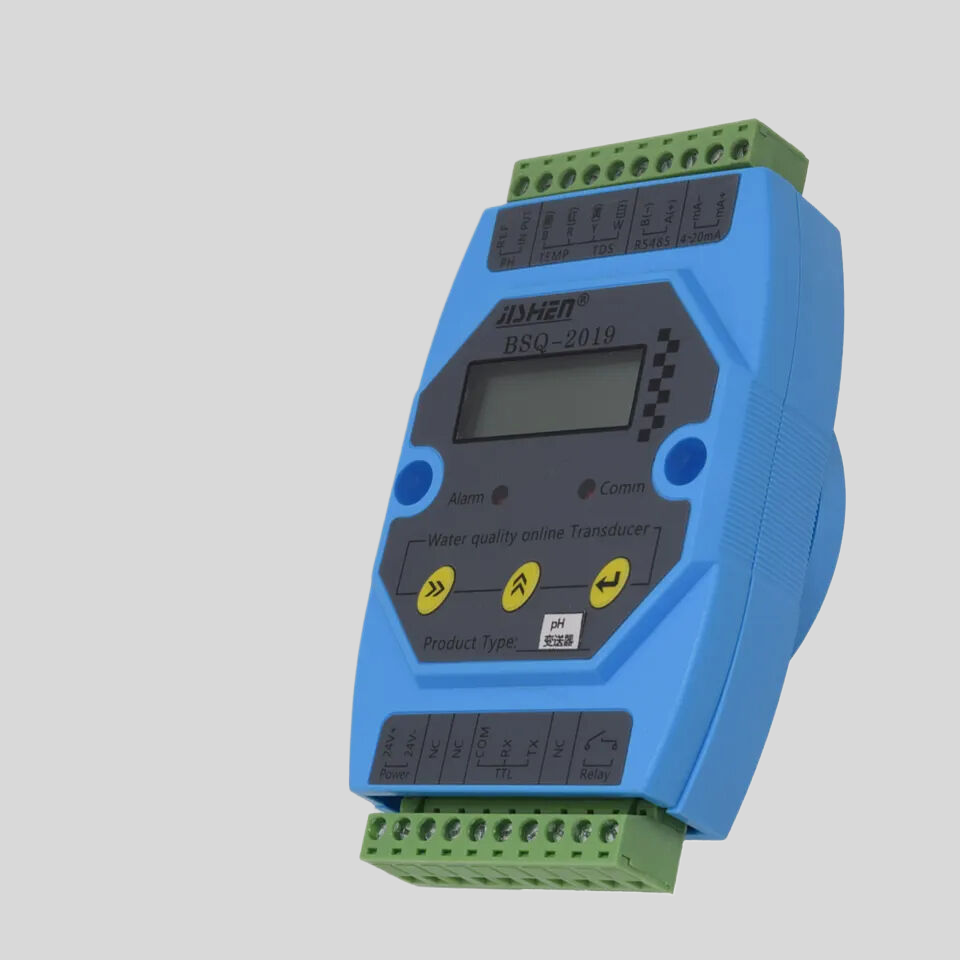
In addition to the reference electrode and glass electrode, a ph meter also contains a temperature sensor. Temperature can affect the accuracy of pH measurements, as the ionization of water is temperature-dependent. The ph meter compensates for temperature variations by adjusting the calibration curve based on the temperature of the solution being tested.
When using a ph meter, it is important to handle the instrument with care to avoid damage to the electrodes and ensure accurate measurements. Proper storage and maintenance of the ph meter are essential for prolonging its lifespan and maintaining its accuracy. Regular calibration and cleaning of the electrodes are necessary to ensure reliable results.
In conclusion, a ph meter works by measuring the potential difference between a reference electrode and a glass electrode, which is sensitive to hydrogen ions. Calibration with buffer solutions and proper maintenance of the electrodes are essential for accurate measurements. Understanding the science behind ph meter technology is crucial for obtaining reliable results in various industries. By following proper procedures and handling the instrument with care, users can ensure the accuracy and longevity of their ph meter.

